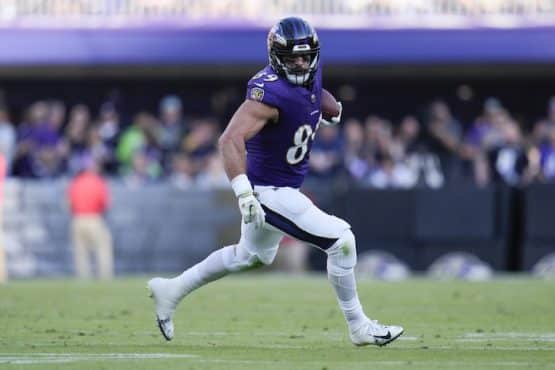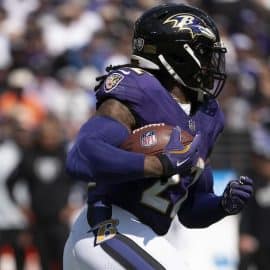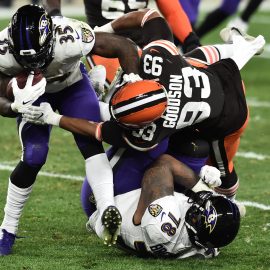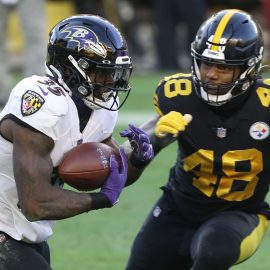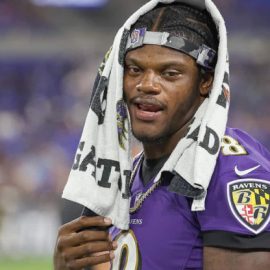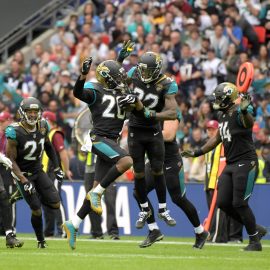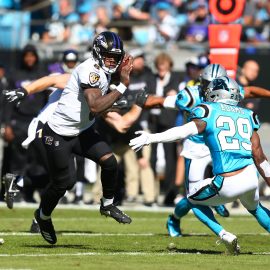Something I had rarely thought about as a factor in overall strength training and conditioning for an NFL player is neck strength.
Then Sarah Ellison of Ravens.com wrote a piece over the weekend on the Ravens' team strength and conditioning coach Bob Rogucki.
Scientific research suggests that a muscular neck can reduce the impact generated when a player is hit in the head. The bigger the neck, the better the shock-absorber it becomes for the skull.
That’s why Bob Rogucki had his players doing neck exercises at least twice a week prior to every weight-lifting session, according to former Raven Brendon Ayanbadejo.
“We probably put more emphasis on the neck because of the concussion aspect that now is part of our daily life,” Rogucki said at the third-annual Football Strength Clinic in Cincinnati, per FoxSports.com. “We want to minimize [the chances] and hopefully prevent, but you may not ever prevent it. The chance is always going to be there.
“If you can minimize and get them back on the field quickly, that’s what we’re looking for.”
Rogucki saw three of his players return to the field just one week after suffering concussions last season. Wide receiver Torrey Smith, running back Bernard Pierce and tight end Dennis Pitta all passed the NFL’s mandatory concussion tests to play the following game.
“While not everyone is ready to attribute [the Ravens’ quick recoveries] to the added emphasis Rogucki puts on neck strengthening, it only makes common sense that a stronger base will prevent the head from whipping as violently when hit,” wrote ProFootballTalk.com’s Darin Gantt.
Many incoming NFL players have never done neck training during their college careers, which one NFL strengthening coach called “sad” and “inexcusable.”
Rogucki educates his players on the neck and the importance of getting a full-body workout.
“Players are going to attack the front (of their bodies). They’re not going to attack the back because they can’t see it,” Rogucki said. “They look in the mirror and say, ‘I look pretty good. I’m going down to the beach.’ They don’t understand that in football it’s really the backside of the body that’s involved in a lot of activities of the game.
“I tell our guys we don’t care as much about bench (press) and some other exercises. It’s important that they can walk off the field without their head being strapped down to a (stretcher).”
Not everyone is completely convinced about the effect neck training has on concussions, and so the amount of attention it gets varies from team to team.
But to me it makes sense. Most of the muscles in your neck are on the side and back of the body. Most collisions which are never seen coming by a player happen from the side and the back. It just makes sense that you want strong and flexible neck muscles back there to minimize whiplash and cushion a shot to the head.
Add The Sports Daily to your Google News Feed!

